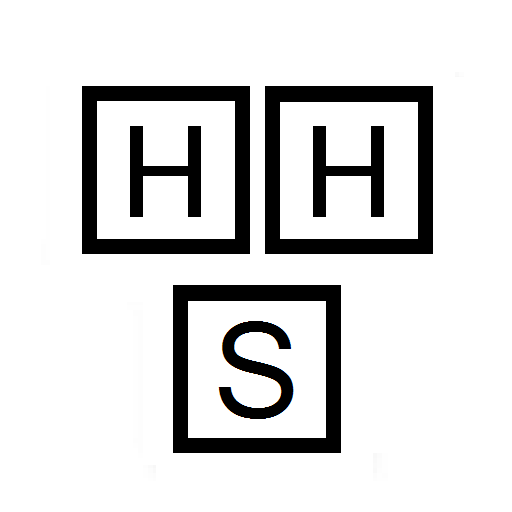crimboi[21] 模仿大赛
Rotman algebraic topology上的题, 个人认为出的非常好, 极大增进了读者对\pi_1(S^1)计算过程的理解.
题面
A group G which is also a topology space is called a topological group if \mu:G\times G\to G:(x,y)\mapsto xy and i:G\to G:x\mapsto x^{-1} are continuous. It's then easy to demonstrate that \mu_x:G\to G:y\mapsto xy is homeomorphism and if H\triangleleft G then G/H with quotient map \nu:x\mapsto xH is topological group. Now if in addition H is discrete and closed, and G is simply connected, show that \pi_1(G/H,1)\cong H by imitating the computation of \pi_1(S^1)=\pi_1(\mathbb R/\mathbb Z)

先想再看提示哦
提示
Recall how one computes \pi_1(S^1). One firstly shows that for any compact convex C\subset\mathbb R^m and f:(C,t_0)\to (S^1,1) there exists a unique \tilde f:(C,t_0)\to\mathbb (R,n) for some integer n s.t. e^{2\pi i\tilde f}=f by utilizing the fact that f is uniformly continuous and thus dividing [t_0,x] into n intervals [{n-k\over n}t_0+{k\over n}x,{n-k-1\over n}t_0+{k+1\over n}x] s.t. on any interval f(x)^{-1}f(y)\in S^1-\lbrace-1\rbrace, and notice that (-{1\over 2},{1\over 2})\to S^1-\lbrace-1\rbrace:x\mapsto e^{2\pi ix} is a homeomorphism. Then for any f:(I,\dot I)\to (S^1,1), setting \tilde f:(I,0)\to (\mathbb R,0) and \deg f=\tilde f(1) we can routinely prove d:\pi_1(S^1)\to\mathbb Z:[f]\mapsto\deg f is a well-defined isomorphism. For this problem we basically replace the e^{2\pi i\cdot}:\mathbb R\to S^1=\mathbb R/\mathbb Z above with \nu:G\to G/H: we firstly prove the unique existence of \tilde f:C\to G s.t. \nu\circ\tilde f=f by seeking a neighborhood U of 1\in G s.t. restriction of \nu on which is homeomorphism. Then by same trick we divide interval into n parts s.t. on each part we have f(x)^{-1}f(y)\in\nu(U); one familiar with analysis should see that this is equivalent to prove f is uniformly continuous when viewing G as a uniform space. Remaining parts are trivial.

愿你无需看标答
标答
Note that (x,y)\mapsto x^{-1}y is continuous, and H-\lbrace1\rbrace is closed (Why it is without G being T_2?), so we can construct U s.t. \forall x,y\in U, x^{-1}y\notin H-\lbrace1\rbrace. For uniformly continuous part just notice that f(x)^{-1}f(y) is also continuous.
版权声明:
作者:HDD
链接:https://blog.hellholestudios.top/archives/1577
来源:Hell Hole Studios Blog
文章版权归作者所有,未经允许请勿转载。

共有 0 条评论